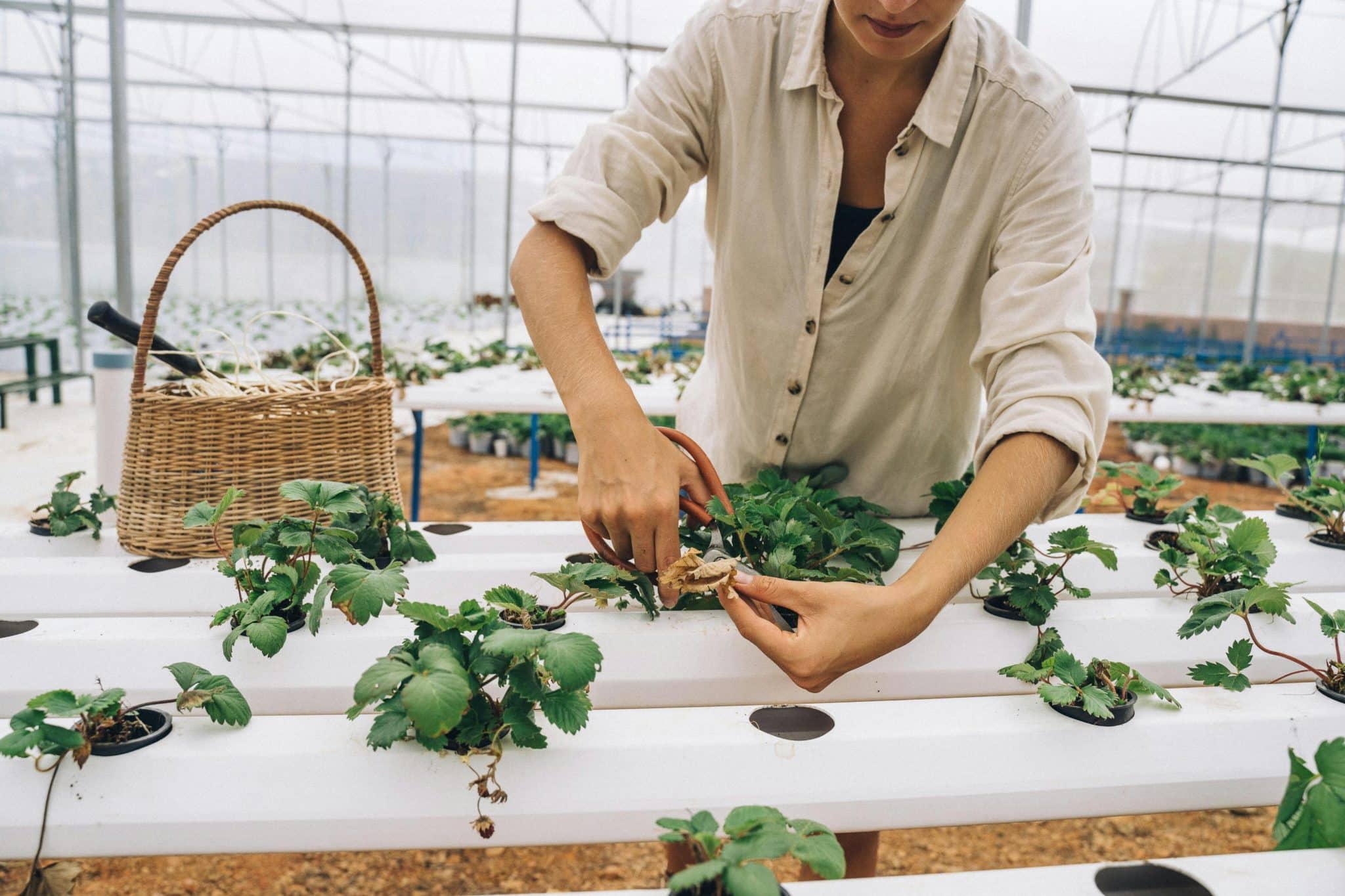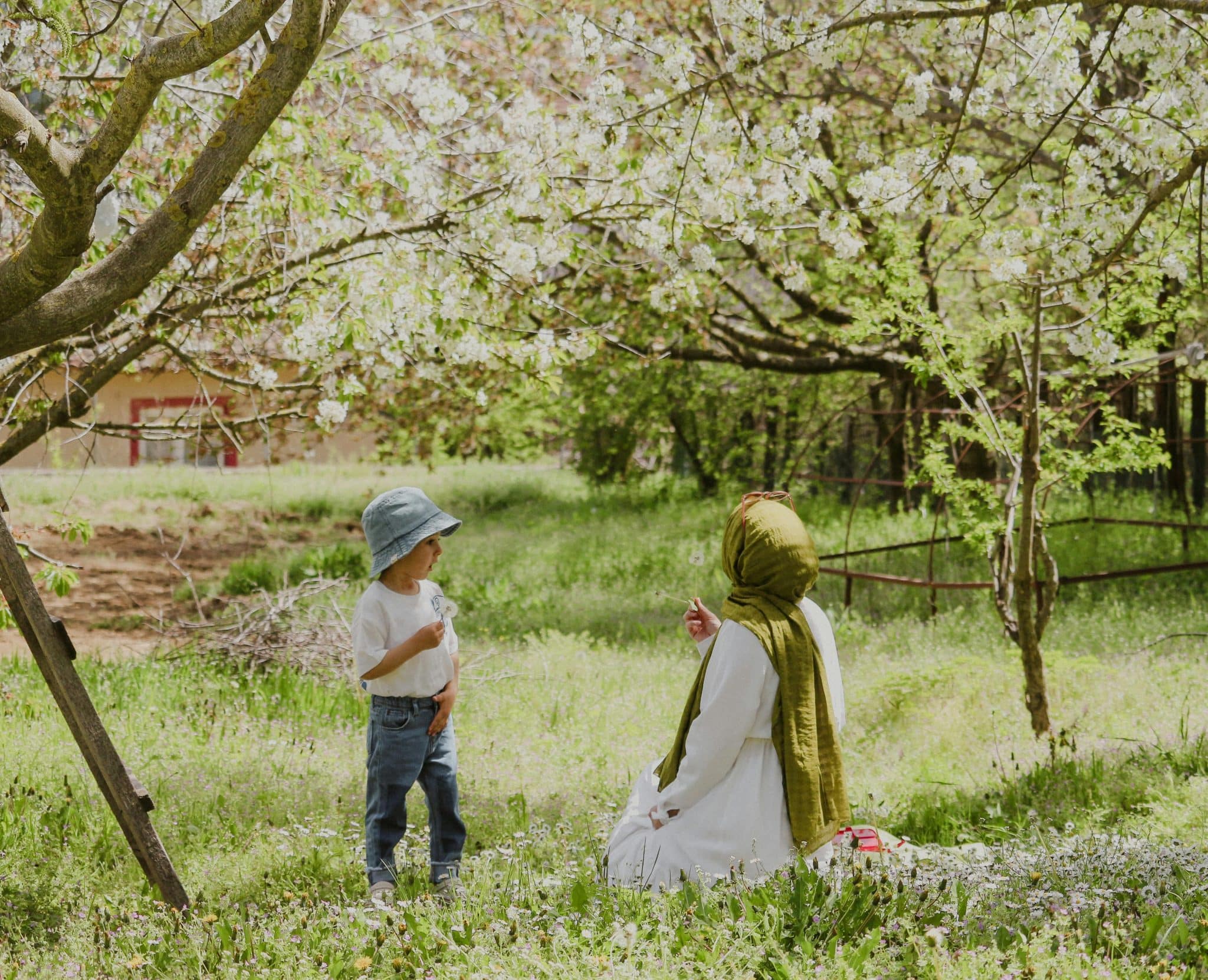Key Takeaways
- Eco-friendly practices and creative solutions can significantly improve tree health while enhancing environmental sustainability at home.
- Consistent, attentive monitoring is essential for early detection of tree health issues and allows for timely, proactive maintenance.
- Engaging activities, including those designed for children, deepen personal connections to nature and promote lasting environmental stewardship in families.
Table of Contents
- Introduction
- Eco-Friendly Pruning Techniques
- Compost Tea for Soil Enrichment
- Rainwater Harvesting for Irrigation
- Mulching with Organic Materials
- Integrated Pest Management
- Seasonal Care Guidelines
- Engaging Children in Tree Care
- Monitoring Tree Health
Introduction
Healthy trees are invaluable assets to any home landscape, serving as the backbone of your outdoor environment. They provide welcome shade on hot days, improve air quality by absorbing pollutants, and enhance curb appeal by giving your property a mature, well-cared-for look. The benefits of trees extend far beyond aesthetics—healthy trees foster vibrant habitats for wildlife, help combat urban heat, and support overall neighborhood well-being by lowering noise and contributing to stormwater absorption. Practicing thoughtful and eco-friendly tree care has a ripple effect, preserving your personal green space and the broader natural world. For homeowners who want tailored advice or expert support, professional tree trimming in Brandy Station is available to ensure your trees’ longevity and beauty, utilizing sustainable practices that keep your home and community thriving. Thoughtfully combining innovative techniques with day-to-day routines creates a healthy, lush environment that benefits everyone.
Eco-Friendly Pruning Techniques
Regular pruning is crucial for a strong tree structure, eliminating hazardous or disease-prone limbs and promoting optimal growth. Eco-friendly pruning reduces environmental disturbance by scheduling major pruning during tree dormancy and outside bird nesting seasons. Bulky branches can be reused as mulch or built into natural garden borders for beneficial insects and birds. Chipping branches for pathways combines beauty with function and sustainability. Hand-pruning tools reduce carbon emissions and noise pollution. Choose pruning methods that promote quick healing and prevent disease entry. Learn more about eco-friendly pruning techniques to maintain a flourishing landscape and wildlife.
Compost Tea for Soil Enrichment
Soil health is the foundation of robust, resilient trees. Compost tea is one of the most effective, natural ways to enhance soil. This nutrient- and microbe-rich solution steers mature compost in water, creating a gentle, earthy “brew” packed with living, beneficial organisms. When watered into the root zone or misted directly onto leaves, compost tea boosts the tree’s immunity, aids nutrient absorption, and encourages vigorous growth from the roots up. The process is easy and sustainable—use organic waste such as fruit peels, grass clippings, or dried leaves, making sure the compost is free of synthetic chemicals. Applying compost tea several times during the growing season revitalizes tired soil and strengthens trees against drought and disease. For step-by-step instructions and to explore the many benefits for your home landscape, discover the benefits of compost tea and incorporate this enriching practice into your tree care toolkit.
Rainwater Harvesting for Irrigation
Rainwater harvesting is a sustainable method for providing trees with reliable water, especially during dry spells or hot summers. By setting up rain barrels beneath downspouts, you can capture free, chemical-free water from your rooftop, reducing dependency on municipal water and preventing stormwater runoff and soil erosion. Covering barrels helps prevent debris and mosquitoes. Watering trees with rainwater delivers essential moisture to the roots, reducing utility costs. Group barrels in shaded areas and use collected water for all garden needs to maximize efficiency. Explore rainwater harvesting methods for your landscape for step-by-step guidance and tips.
Mulching with Organic Materials
Mulching is one of the simplest yet most impactful ways to nurture healthy trees. A generous blanket of organic mulch—such as wood chips, pine bark, straw, or shredded leaves—around the drip line of your tree insulates the soil, retains moisture through dry periods, and suppresses weeds that compete for nutrients. Mulch mimics the natural forest floor ecosystem, releasing nutrients into the soil as it decomposes and providing a buffer against heat and cold. For proper mulching, spread a 2-4 inch layer in a donut around each tree, leaving several inches between the mulch and the trunk to prevent excess moisture and rot. Replenish your mulch regularly as it breaks down, and avoid using dyed or chemically treated materials that can introduce toxins. Embracing this natural practice improves your soil, supports root health, and keeps your landscape tidy. Read more about effective mulching techniques to optimize results and keep your trees thriving all year.
Integrated Pest Management
Integrated Pest Management (IPM) is a sustainable approach to tree health that involves balancing the natural ecosystem and managing pests responsibly. It involves regular inspections for pest signs, planting native flowers, and avoiding broad-spectrum chemicals. Pests can be removed by hand or using organic sprays. IPM also includes cultural practices like proper spacing, pruning, and sanitation to prevent problems before they escalate. By adopting IPM, you maintain tree vigor while minimizing environmental impact and protecting pollinators and wildlife. For more information on sustainable pest management practices, visit the Sustainable Pest Management Practices.
Seasonal Care Guidelines
Trees experience different needs throughout the year, and adapting your care practices to seasonal changes is essential. Start with a thorough inspection for signs of winter injury or lingering disease in spring, and prune only as necessary to promote healthy new growth. Apply a fresh layer of mulch to lock in moisture as temperatures rise. Summer demands frequent watering, especially for young or recently planted trees, and a vigilant eye for pests or sudden leaf drop. During autumn, clear away fallen leaves to break the cycle of diseases and replenish mulch for fantastic root insulation before frost. Come late fall and winter, safeguard tree trunks from sunscald and animal damage with guards or wraps. Adjusting your habits for each season helps trees recover from stress, build reserves, and grow stronger year after year. For a comprehensive overview of annual tree care, explore seasonal tree care tips that empower you to nurture trees in every climate.
Engaging Children in Tree Care
Getting children involved in tree care offers benefits beyond a helping hand in the garden. It fosters an early respect for nature and equips the next generation with knowledge and appreciation for healthy ecosystems. Assign child-friendly tasks such as gently watering seedlings, spreading mulch, or looking for interesting bugs and birds. Make learning interactive with a tree observation diary, where kids can record new growth, spot changes, or draw pictures of their favorite trees throughout the year. You can enhance curiosity by encouraging creative projects, like decorating homemade tree guards or building simple birdhouses together. These outdoor adventures nurture curiosity, responsibility, and stewardship, all while creating lasting family memories. For additional ideas, find inspiration and fun tree care activities for children to enjoy together in your backyard.
Monitoring Tree Health
Proactive monitoring is the best defense against tree health issues turning into major problems. Develop a regular inspection routine—look for symptoms like wilting leaves, fungal growth, cracks, or oozing from bark, and insect activity. Note any signs of environmental stress, including drought, compacted soil, or physical wounds from lawn equipment. Document your findings with photos or a simple garden journal to recognize changes over weeks, months, or seasons. Early detection provides time to correct issues, such as adjusting watering, improving soil aeration, or consulting an arborist before irreversible damage occurs. When in doubt, reach out to local experts for diagnosis and guidance. For more on systematic assessment, understand how to monitor tree health effectively, ensuring your trees are healthy and resilient for future generations.










